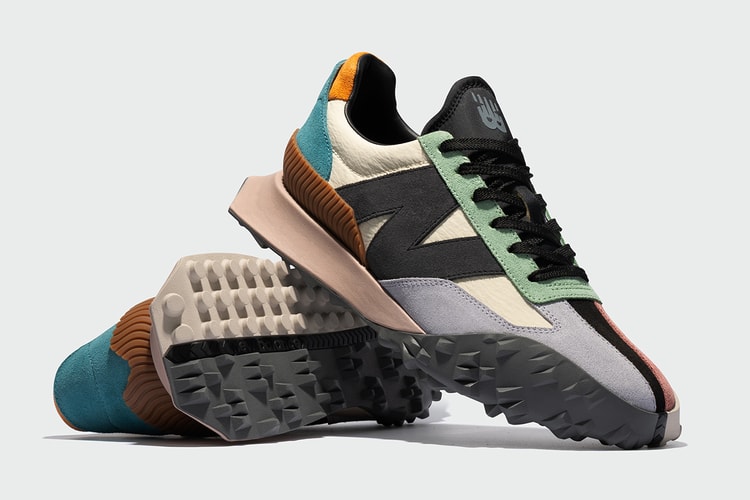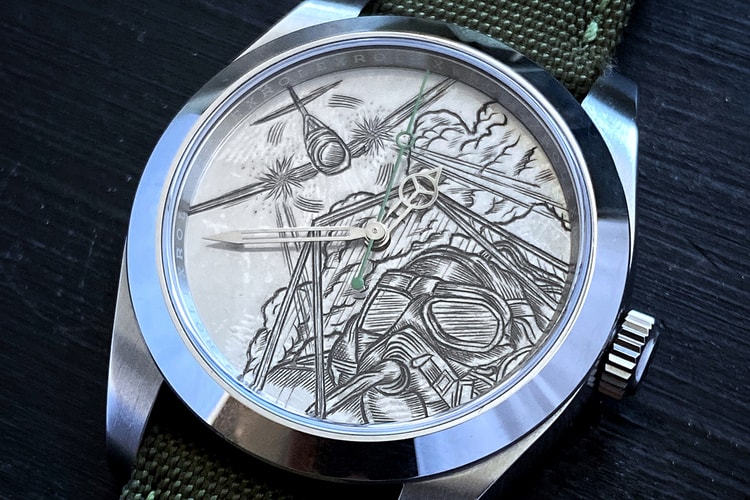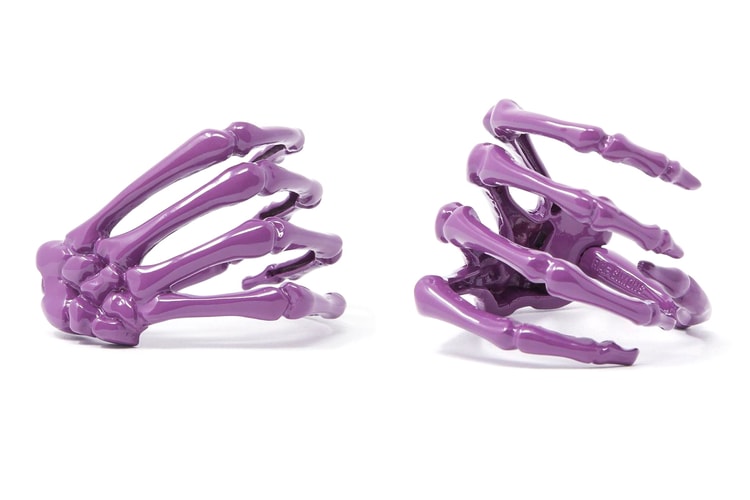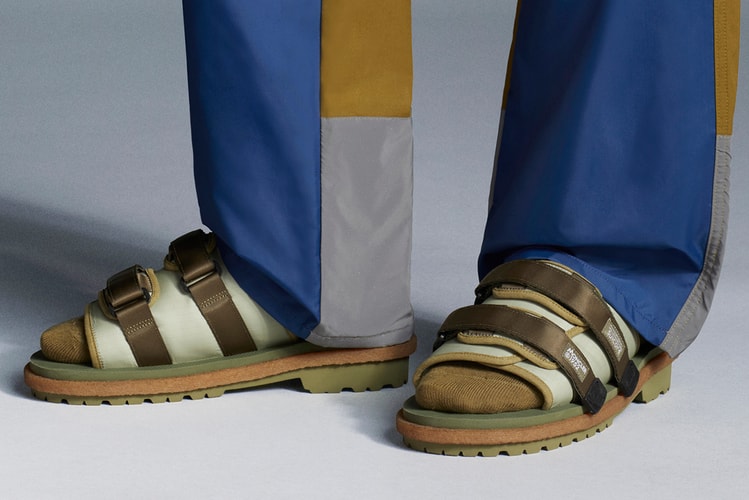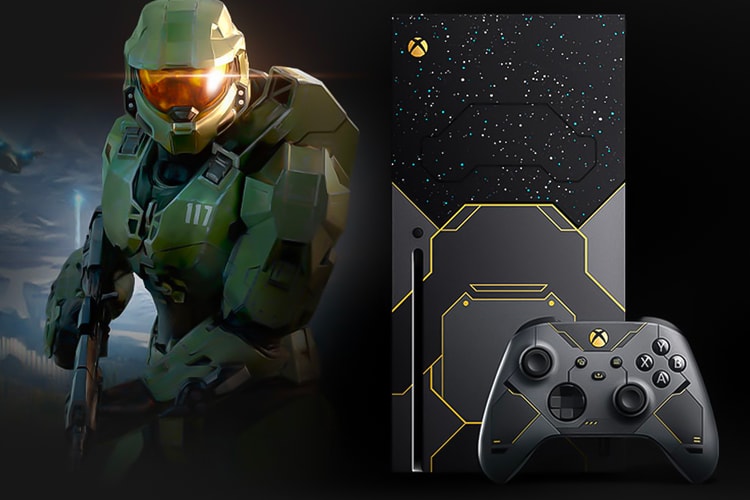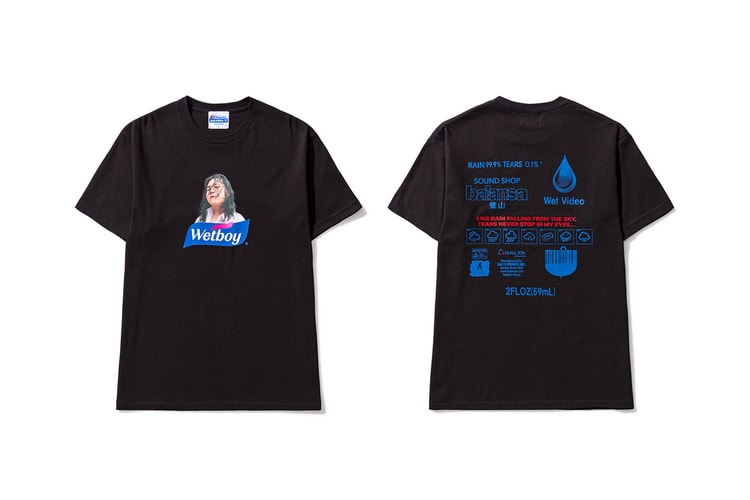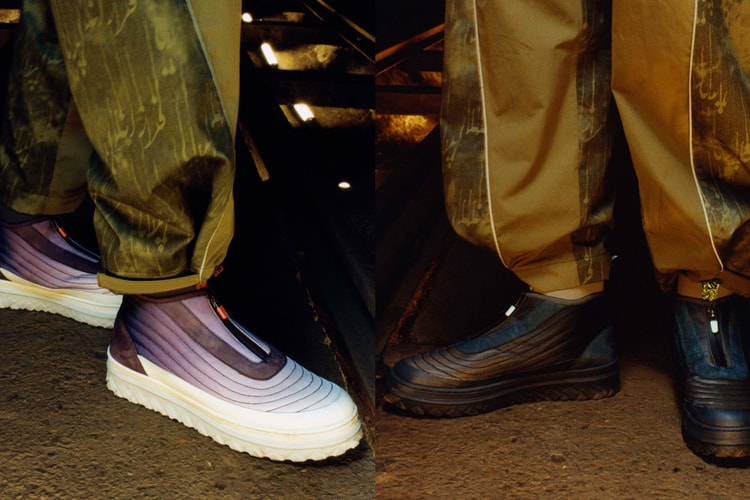What the Tech? Diving Into Vollebak’s Solar-Charged Outerwear
Meet the London-based label creating “clothes from the future.”

In the saturated world of outerwear, it’s hard to stand out as a start-up — but Vollebak, which has been compared to the likes of Tesla, is doing something right. Founded in 2015 by twin brothers and former advertising creatives Nick and Steve Tidball, the London-based label has formed a niche of its own, describing itself as the creators of “clothes from the future.”
Vollebak works under a mantra of using “science and technology to make the future of clothing happen faster.” Since its launch five years ago, Vollebak has released the world’s first Graphene Jacket using the only material in the world with a Nobel Prize, as well as a pair of trousers that are built to withstand fire, nature and water, with a guarantee of lasting 100 years.
This, alongside carbon fiber and ceramic T-shirts and a Full Metal Jacket made from 11km of copper, has seen Vollebak pick up a myriad of awards from the likes of TIME and WIRED in recent years.
Arguably the brand’s most impressive innovation came to light in 2018, when its solar-charged running jacket was named as TIME’s Best Invention. This highly-responsive fabric can be instantly charged by any light source, which in turn makes it glow a “Kryptonite Green”. Following its initial success, Vollebak launched its solar-charged puffer jacket the following year, a release that was met with the same appreciation.
To find out more about this new wave of solar-charged outerwear, HYPEBEAST sat down with co-founder Steve Tidball for the latest instalment of What the Tech? to discover how the idea came about, what it is and what’s next in the world of technology-infused apparel.
The What, Why and How:
HYPEBEAST: Let’s start from the beginning. How did the idea of solar-charged outerwear come about?
Steve Tidball: Around 10 years ago my brother and I were offered an opportunity by Berghaus to run various races around the world, having never really run long-distance before. We said yes and before we knew it we were journeying across deserts, the Alps, the jungle, you name it. We were doing it head-to-toe in Berghaus, which is great, but as soon as we entered the mountains, for example, we soon realised it didn’t really offer us anything. They couldn’t help us sleep, they couldn’t help us if our torches failed, they couldn’t help us really do anything in these super hostile environments. It was this that made us think: I wonder what we can do?
Solar was one that came to us first after Nick’s head torch had broken while he was running across the Alps, because with knife-ridge mountains at night, you can’t really afford to be blind. It made us think: “what if clothing was like a firefly and it could light you up?”.
What actually is Vollebak’s solar-charged outerwear?
We have two solar-charged jackets at the moment, a running jacket and a puffer. The former is incredibly lightweight and is made from three-layers, the middle of which is a membrane that’s been mixed with a fosforescent compound, which is the thing that stores light. The only issue is that this membrane is so fragile, so it needs to be protected, but at the same time light still needs to be able to pass through it. Instead, we’ve sandwiched the membrane with a super-fine thin but durable mesh that allows light in, and protects the membrane too.
In terms of how it works though, you don’t actually have to do anything apart from wear it. Once the jacket has enough light stored within it and your surroundings darken, it then becomes a unique source of light. It’s as easy as that really.
The Details:
How did you go about taking this idea and making it into something physical? It must have been pretty extensive.
It took us around two-and-a-half years before we actually had a jacket we could show anyone. The industry is playing with the same materials. No matter which brand you are, there are only a certain amount of fabric mills globally, they just differ in pricing. Essentially we went to look for the craziest fabrics, the most experimental, the most cutting-edge and the most advanced, so it took time.
With Solar, we worked with the same factory who had created Michael Phelps’ infamous skinsuit, so we sort of asked them about the possibility of working with them on creating solar-charged clothing — and they agreed.
The material itself won a few innovation prizes at some fabric awards, but this was before we’d even put pieces together to make a garment, because we were at a crossroads of how to actually put the fabric together.
The real challenge was finding someone who could cut the material as it had to be done in a certain way, and who would stitch or glue it together in a way that would make it near-on indestructible. This isn’t just a proof of concept, it really had to work for us.
What are the benefits of it? Who is the target audience?
In terms of them purely as jackets, they keep you warm down to -40 degrees. They probably will go lower too, but the testing facilities won’t let you go in any colder. That being said, there are very few places on earth where temperatures will go any lower. We also thought about people in extreme places who could find this jacket useful, maybe those living places where there’s no sunlight for example, but also for skiers and other extreme sports.
I think the best thing about this is that not all technology has to be incredibly worthy. It’s okay for it to be fun. As interested in technology and as proud as I am of what we’ve made, the jacket makes you look really cool on a ski slope, and there doesn’t have to be much more to it than that, right?
The Future:
What’s next for Vollebak?
We never think about this in terms of money, but instead we tend to go with how technology is advancing and if there’s a way we can get on board with it too. That being said, I’m desperate to get into color on solar, a sort of anti-jet lag light that cycles through different colors would be great, but it has to be reactive too. We don’t know how to do it yet, but we didn’t know anything about solar a few years ago either, that’s all a part of the fun.









